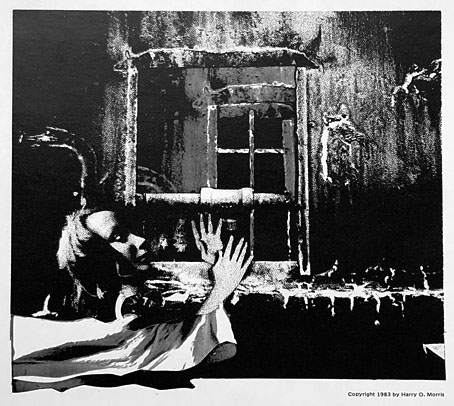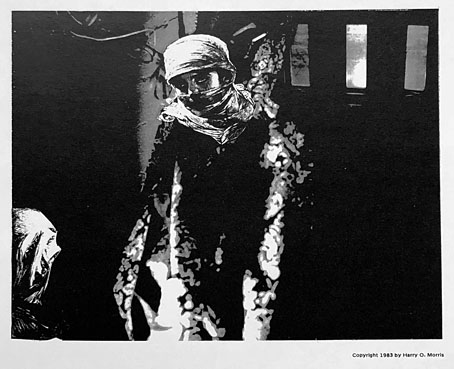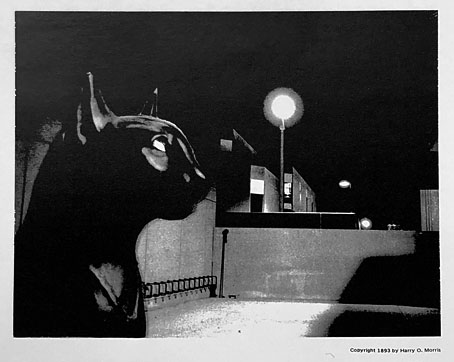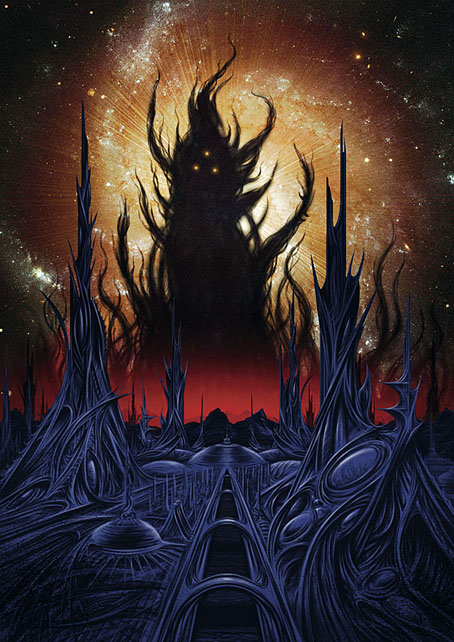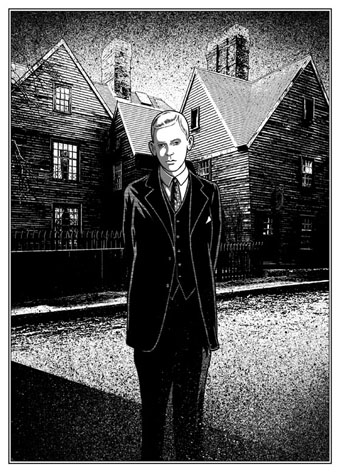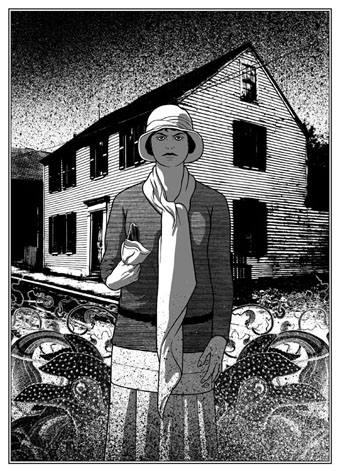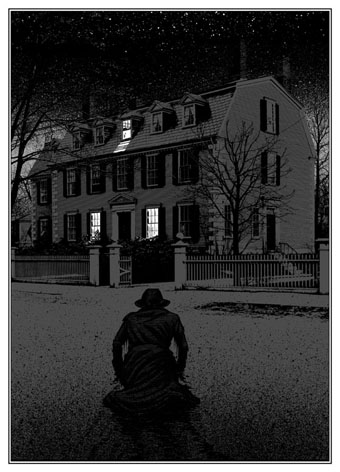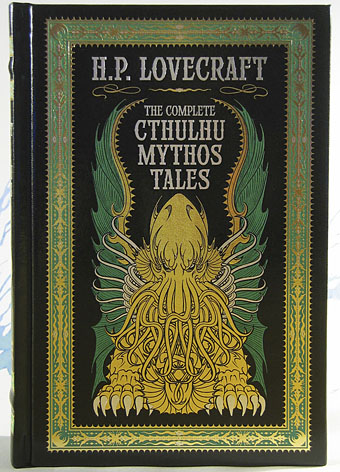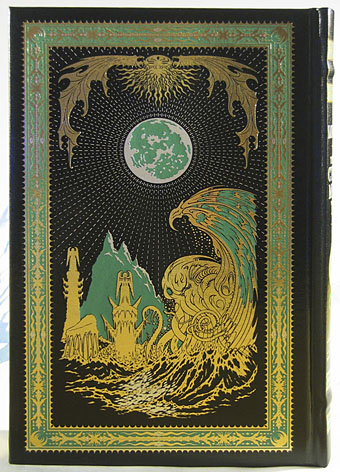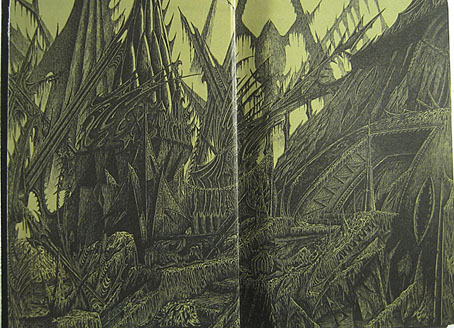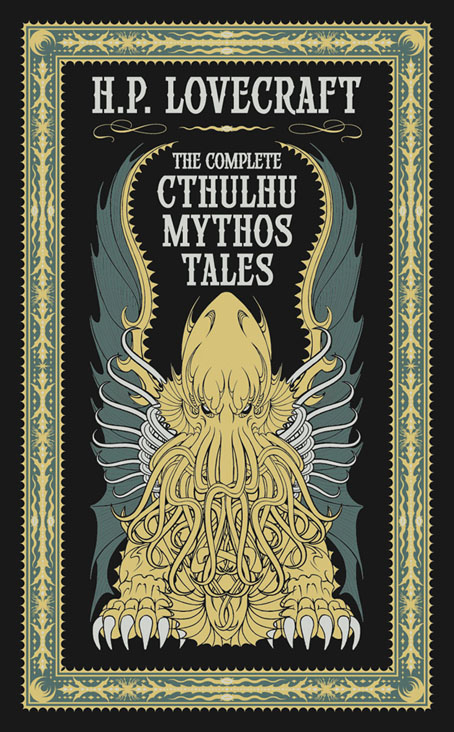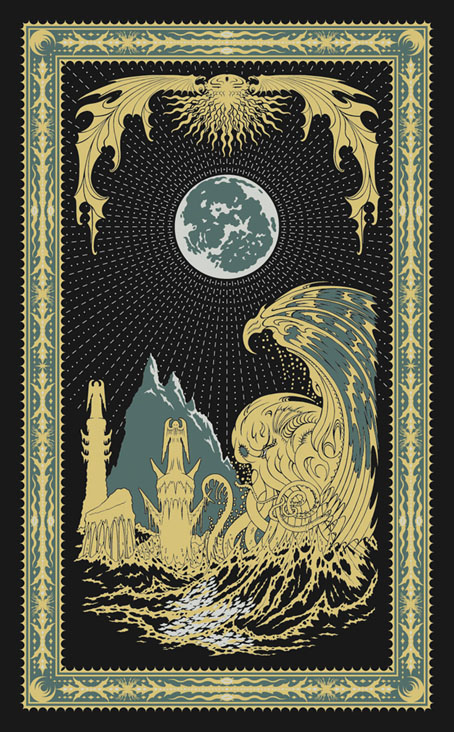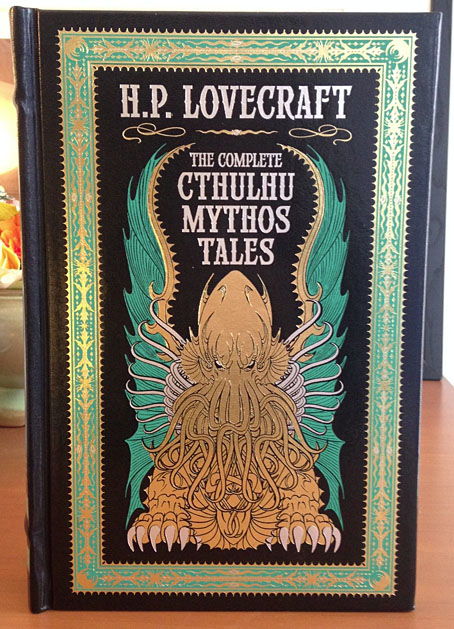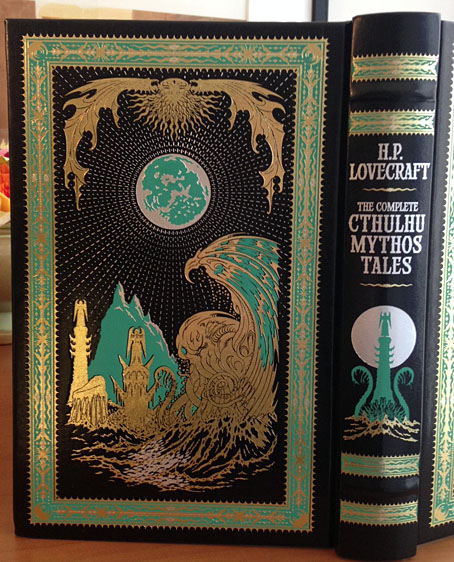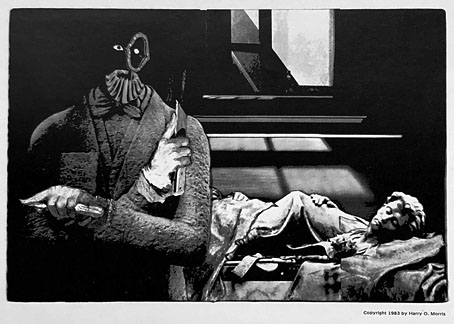
Lautréamont’s delirious prose poem/novel/proto-Surrealist dream-text is sufficiently wild and free-ranging to inspire many visual interpretations. One of the peculiarities of the book is that all these interpretations are valid to some degree, although some still suit the general tone better than others. Quite a few of the well-known Surrealist artists had a crack at illustrating Les Chants de Maldoror but artists who don’t illustrate on a regular basis have a tendency to gesture vaguely at the given text while offering yet more of their own concerns.
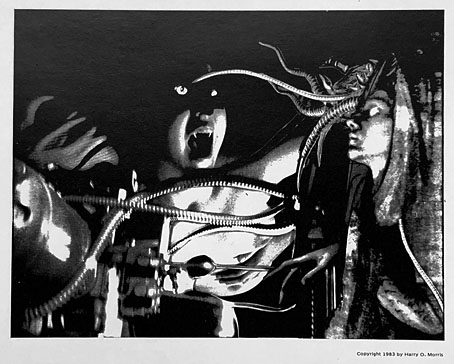
Expert collage artist Harry O. Morris does a better job than Dalí, Magritte and co. in his depictions of Lautréamont’s mutable scenarios. Maldoror is very much a collaged text, a product of its author’s enthusiastic plagiarism, which suggests that if the book has to be illustrated at all then collage is the technique to use. Morris’s interpretation was published in 1983 as Scenes from Lautréamont’s Maldoror, a portfolio of 10 plates. A note from the artist on this page acknowledges the influence of photo-montagist JK Potter, Morris being better known for his collages of engraved illustrations and other pictorial matter.
